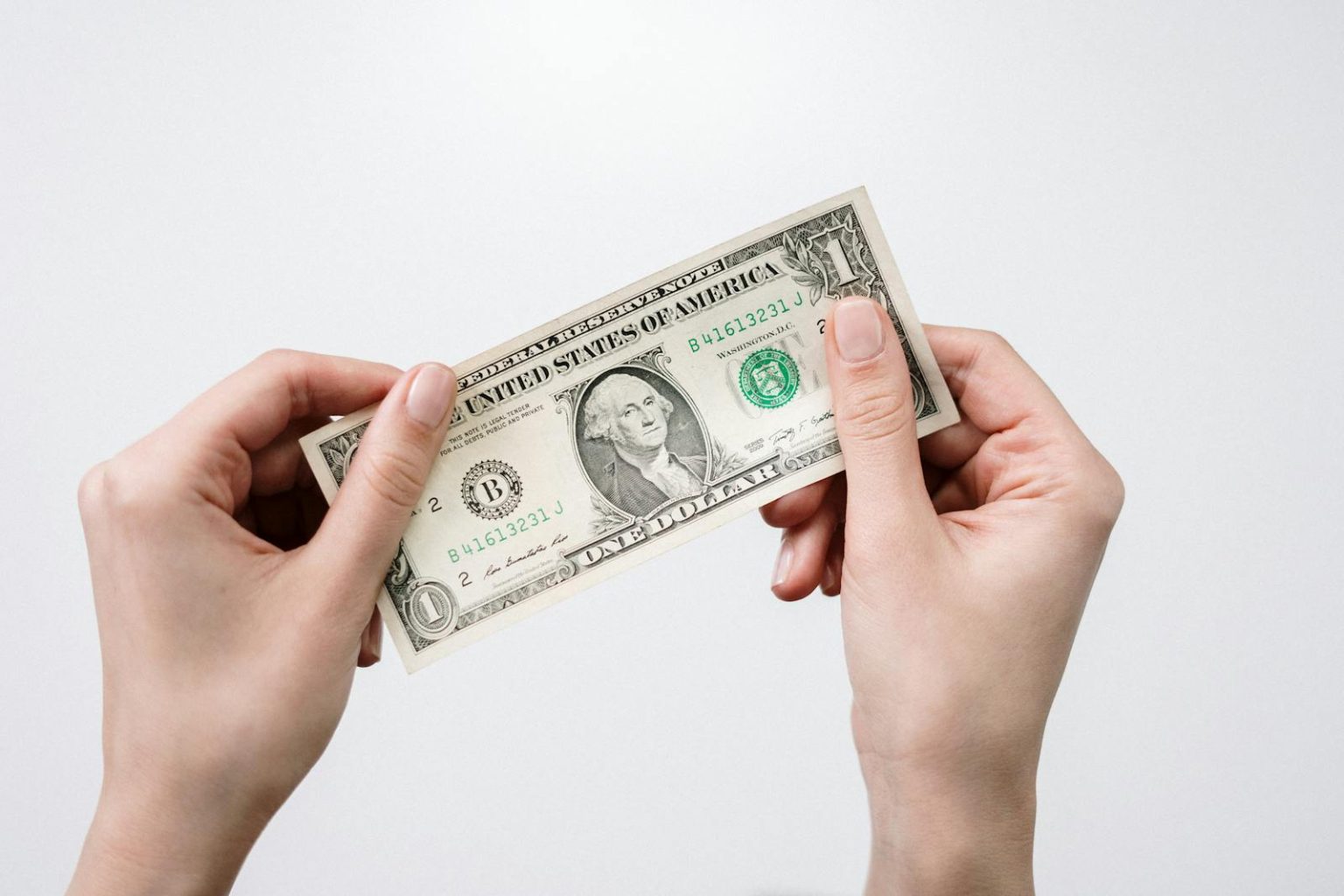The U.S. dollar gained strength recently, pushing gold prices to record highs. Investors are reacting to rising tariff tensions between major economies, as the dollar is seen as a safe haven during times of economic uncertainty.
The ongoing trade disputes are fueling concerns about their impact on global markets. Investors are moving away from riskier assets and turning to gold and the dollar. Gold’s surge to unprecedented levels reflects the market’s unease.
Analysts are closely watching trade negotiations. Any signs of resolution or further escalation could significantly impact currency and commodity markets. The dollar’s strength and gold’s record high indicate current investor sentiment about protecting assets amid perceived economic threats.
As the situation develops, market participants should stay informed. They should assess their portfolios while monitoring geopolitical developments and central bank responses that could affect market dynamics. According to a Reuters poll, the U.S. dollar will stabilize in the coming months.
This is despite growing worries about the economic impact of President Donald Trump’s unpredictable tariff announcements. Over a third of strategists surveyed recently also expressed concern about the dollar’s traditional role as a haven in currency markets. Trump is set to implement reciprocal tariffs on U.S. trading partners on Wednesday.
This is adding to widespread confusion and uncertainty among currency traders. Over the past two months, traders have offloaded near-decade-high long bets in the dollar. Positioning has flipped to ‘net short’ for the first time since October.
Dollar and gold market shifts
Forecasters did not provide a clear majority view on how positioning would change by the end of April. This marks a shift from just two months ago when they expected speculators to continue piling on ‘long’ dollar trades.
“There has been a certain degree of fatigue in navigating U.S. tariffs and their implications for currencies these last few months,” said Paul Mackel, global head of FX research at HSBC. “Investors don’t want to get caught in the trap of pre-positioning for an outcome where it’s very unclear what that outcome will actually be.”
The dollar weakened on Friday amid growth concerns ahead of the U.S. president’s planned announcement next week on reciprocal tariffs. The Japanese yen benefited from safe-haven flows as stocks and Treasury yields fell.
Traders have had bouts of optimism that the trade levies will not be as severe as feared, but concerns remain that they will dent economic growth and reignite inflation. The lack of clarity over what tariffs exactly will be implemented has added to investor caution. “The one word that I keep hearing over and over from clients, and on earnings calls and things, is uncertainty.
And you hear this from the central bankers as well,” said Marc Chandler, chief market strategist at Bannockburn Global Forex in New York. On Wednesday, President Trump announced tariffs on imported cars and light trucks starting on April 3. “We see balanced risks going into next week’s deadline.
We believe tariffs on selective products are already what markets expect. Across-the-board tariffs would be a negative surprise,” said Bank of America FX analysts Athanasios Vamvakidis and Claudio Piron in a report. The U.S. currency also dipped on Friday after data showed that core inflation rose 0.4% in February, adding to fears of stagflation.
Headline inflation was as expected, with a 0.3% rise. U.S. consumer spending also rebounded in the month. The dollar was 0.69% lower against the yen at 150.01 per dollar and was on pace to post its most significant daily drop against the Japanese currency since March 3.
The euro was last up 0.2% at $1.0823. Sterling weakened 0.09% to $1.2935.
Photo by; cottonbro studio on Pexels

